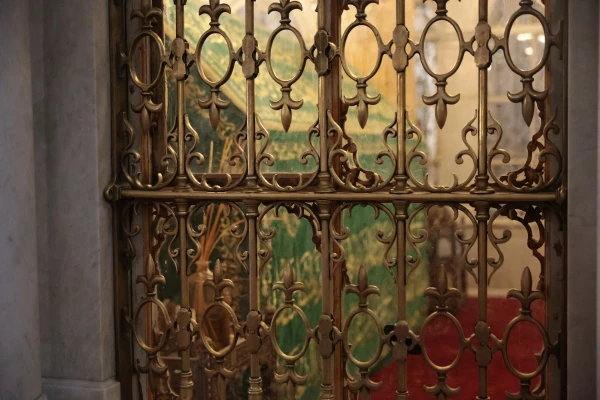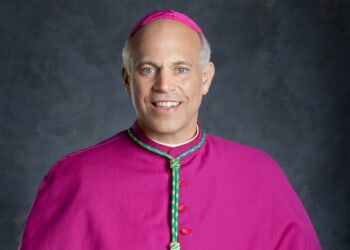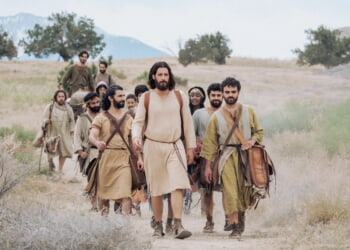ACI MENA, Aug 29, 2025 /
14:36 pm
Each year on Aug. 29, the Church commemorates the beheading of John the Baptist, as recounted in the first three Gospels. The actual resting place of the saint remains uncertain, particularly the fate of his head, which became a focal point of devotion in the Middle Ages, with several sites claiming to possess it.
Today, four places are most often associated with the relic: the Residenz Museum in Munich; San Silvestro in Capite in Rome (upper part of the skull); Amiens Cathedral in France (the front portion of the head, from the forehead to the upper jaw, excluding the teeth); and finally, the Umayyad Mosque in Damascus, Syria, according to both Muslim and Christian tradition. However, there is no conclusive evidence that the head rests in any of these locations.
The Umayyad Mosque’s history predates Christianity. About 3,000 years ago, it was a temple dedicated to Hadad, the fertility god of the Arameans and other civilizations of the Fertile Crescent. When the Romans took control of Syria, they erected a vast temple to Jupiter on the site in the first century A.D. Later, under Emperor Theodosius I, Christianity was firmly established, and by the late fourth century, part of the pagan complex was converted to a church.

Scholars debate whether the church was built in the southwestern section of the Roman temple or directly within the Cella (Holy of Holies). While it is uncertain if the church was originally dedicated to John the Baptist, sources suggest that by the time the Arabs entered Damascus in 635, the church was indeed named after him and was believed to house his head. The relic may have been preserved inside or near the main altar.
Muslims left the church standing for about 70 years before the Umayyad Caliph, al-Walid I, ordered its demolition in 705 to build a grand mosque worthy of Damascus — then the capital of the Caliphate. Despite Christian opposition, the project went forward, and construction lasted about a decade.
According to the 12th-century historian Ibn Asakir, during construction workers discovered the relic of Yahya ibn Zakariya (John the Baptist in Islamic tradition) in a cave beneath one of the mosque’s planned pillars. Al-Walid ordered the relic to be reburied in its place, marking the column above it distinctly. A shrine for John the Baptist was later incorporated into the mosque, a detail also confirmed by the Andalusian traveler Ibn Jubayr.

Muslims honor John the Baptist as a prophet mentioned in the Qur’an, revered for his piety and truthfulness.
Christian traces remain visible in the mosque complex. These include a baptismal font thought to date from the church period, a partially destroyed stone relief on the outer wall believed by some to depict Christ, and the two Roman towers (southeastern and southwestern), which may have once served as bell towers before becoming the Minaret of Jesus and the Qaytbay Minaret.
Particularly notable are Greek Christian inscriptions on the lintel of the southern gate of the Byzantine church complex, one quoting Psalm 145:13: “Your kingdom (O Christ) is an everlasting kingdom, and your dominion endures throughout all generations.”
In modern times, the memory of John the Baptist at the Umayyad Mosque continues to bridge faith traditions. During his visit to Syria in 2001, Pope John Paul II entered the mosque and prayed at the shrine of the saint, highlighting its shared significance for Christians and Muslims alike.
This story was first published by ACI MENA, CNA’s Arabic-language news partner, and has been translated for and adapted by CNA.


















